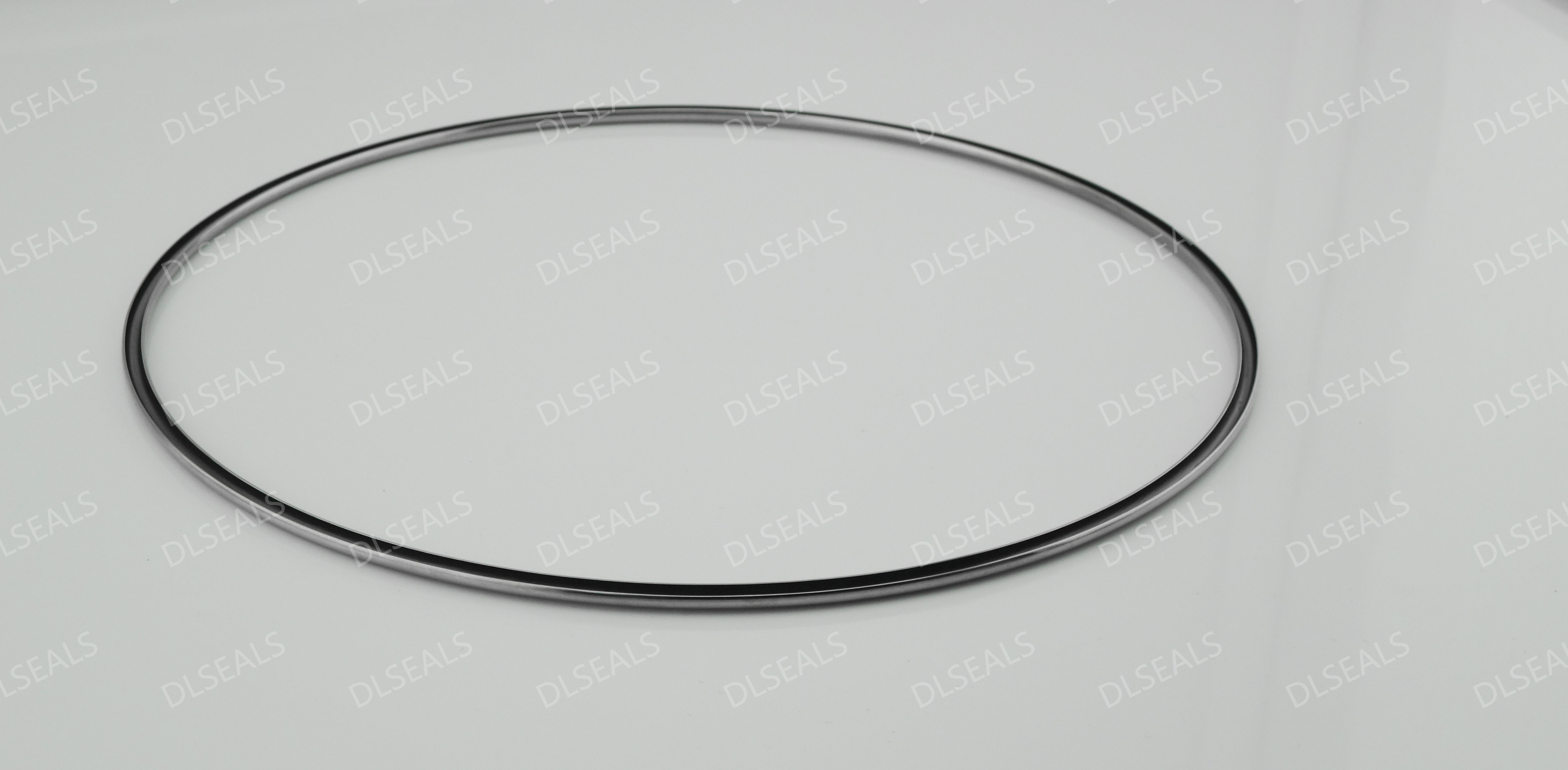
In industrial and engineering applications, metal C-rings and metal U-rings are two common metal sealing and support components. Although they differ in appearance, each has unique advantages and applicability in specific applications. This article will compare the characteristics, application scenarios, and advantages and disadvantages of metal C-rings and metal U-rings to help you better choose the right sealing or support solution.
1. Basic concepts of metal C-rings and metal U-rings
Metal C-rings: Metal C-rings are metal rings with a C-shaped cross-section, usually made of metal materials such as stainless steel, copper alloy or aluminum alloy. Its shape is similar to the letter “C”, and the opening part can accommodate sealing or support materials, which is suitable for a variety of sealing or support occasions.
Metal U-rings: Metal U-rings are metal rings with a U-shaped cross-section, with a wider opening part, usually used to withstand greater compression or as a support structure. Metal U-rings are also made of metal materials, and their shape is similar to the letter “U”, which has specific advantages in support and sealing applications.
2. Comparison of the main features of metal C-rings and metal U-rings
Shape and design
Metal C-rings: With a narrow opening and a deep cross section, they can provide relatively stable sealing performance. Their design is suitable for occasions where sealing and support are required, and can be used in pipes, connecting parts, etc.
Metal U-rings: With a wider opening and a shallower cross section, they are suitable for bearing greater pressure or as a supporting structure. Their design makes them perform well in situations where strong support or buffering is required.
Sealing performance
Metal C-rings: Due to their C-shaped design, they can provide sealing effects in a smaller space. They are suitable for sealing liquids and gases, especially in situations where high compression forces are required.
Metal U-rings: Sealing performance is usually limited because their openings are wide and are not suitable for applications with high pressure or high sealing requirements. However, their design allows for greater elasticity and deformation space, which can achieve a certain sealing effect in specific situations.
Carrying capacity
Metal C-rings: In terms of carrying capacity, metal C-rings are usually used for sealing and light support, and their carrying capacity depends on the specific parameters of the material and design.
Metal U-Ring: Due to its larger opening and shallower cross-section, metal U-Rings usually have a strong load-bearing capacity and are suitable for use in support structures and high-pressure environments.
Durability and material selection
Metal C-Ring: Common materials include stainless steel and alloys, which have excellent corrosion resistance and high temperature resistance. Suitable for sealing needs in high temperature and high pressure environments.
Metal U-Ring: It is also usually made of corrosion-resistant metal materials such as stainless steel and copper alloys. Due to its wider opening, the thickness and strength of the material are key factors affecting its durability.
3. Comparison of application scenarios of metal C-Ring and metal U-Ring
Automotive industry
Metal C-Ring: Commonly used in automotive sealing systems, such as engine seals, transmission seals, etc. It can provide reliable sealing effects in high temperature and high pressure environments.
Metal U-Ring: Usually used in support structures or shock absorption systems, it can withstand large loads and is suitable for automotive suspension systems and other components that require strong support.
Aerospace
Metal C-Ring: Used in the sealing system of aerospace vehicles to ensure the safe delivery of fuel, gas and other liquids. Its sealing performance is crucial to the safety of aircraft.
Metal U-ring: In the aerospace field, U-rings are often used to support and stabilize structural components, such as fuselage frames and engine brackets.
Industrial equipment
Metal C-ring: Used in pipes and connectors of industrial equipment to provide efficient sealing effects and prevent leakage of liquids or gases.
Metal U-ring: Used to support and fix components of heavy industrial equipment, capable of withstanding large torques and pressures.
Construction and manufacturing
Metal C-ring: Used to seal doors and windows of buildings to ensure isolation of air and moisture and improve the energy efficiency of buildings.
Metal U-ring: Used in various supporting structures and mechanical components to provide strong support and stability.
IV. Summary
Metal C-rings and metal U-rings each play an important role in sealing and supporting applications. Metal C-rings, with their narrow openings and deep cross-sections, are mainly used for efficient sealing and are suitable for applications requiring high pressure and high temperature environments. Metal U-rings, with their wide openings and shallow cross-sections, are mainly used for support and bearing, and are suitable for occasions requiring large loads and buffering.
The choice of sealing or supporting element depends on the requirements of the specific application, including sealing performance, load-bearing capacity, durability, etc. Understanding the characteristics and advantages of these two components will help you make a more appropriate choice in practical applications, thereby improving the performance and reliability of the system.
Post time: Sep-19-2024
